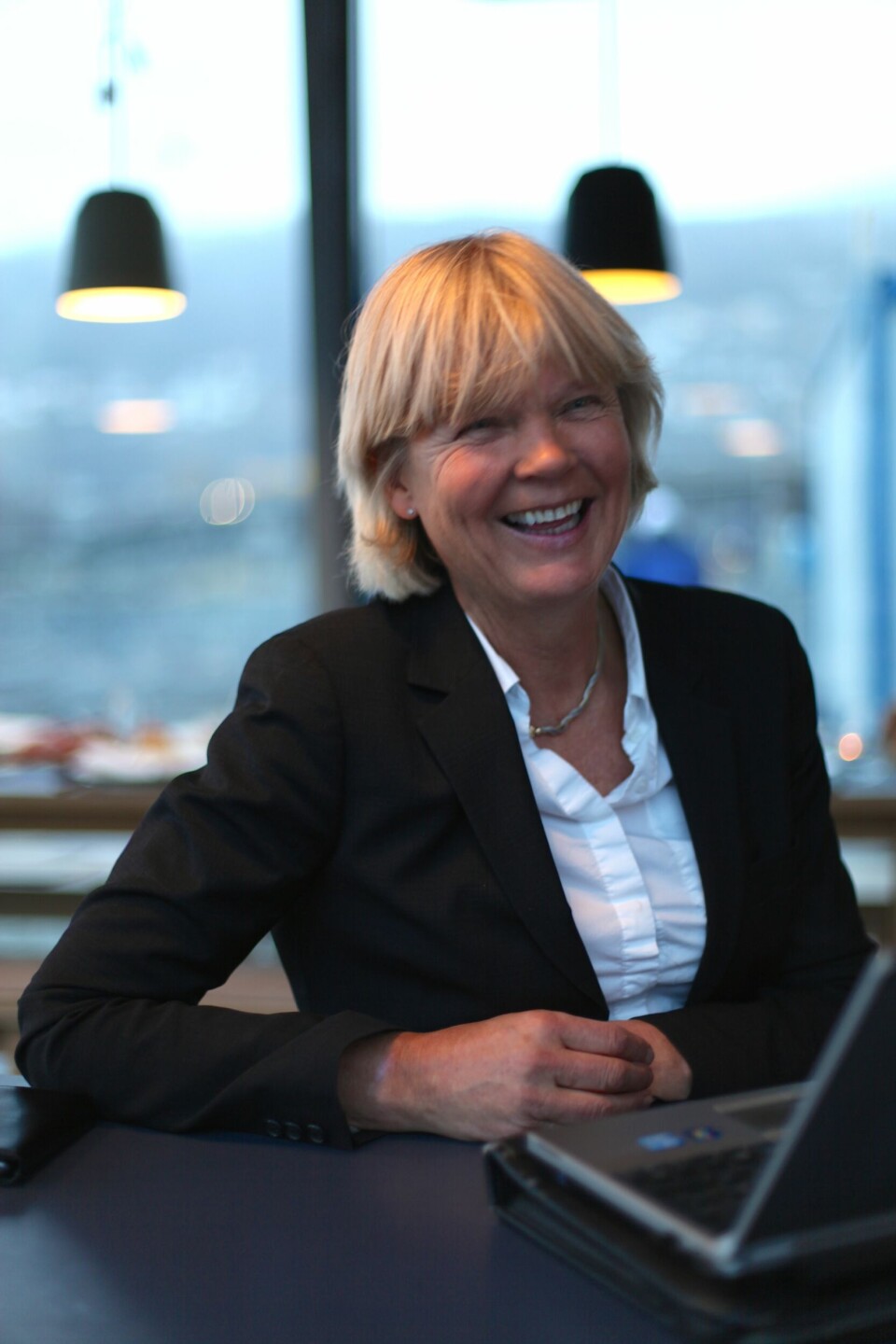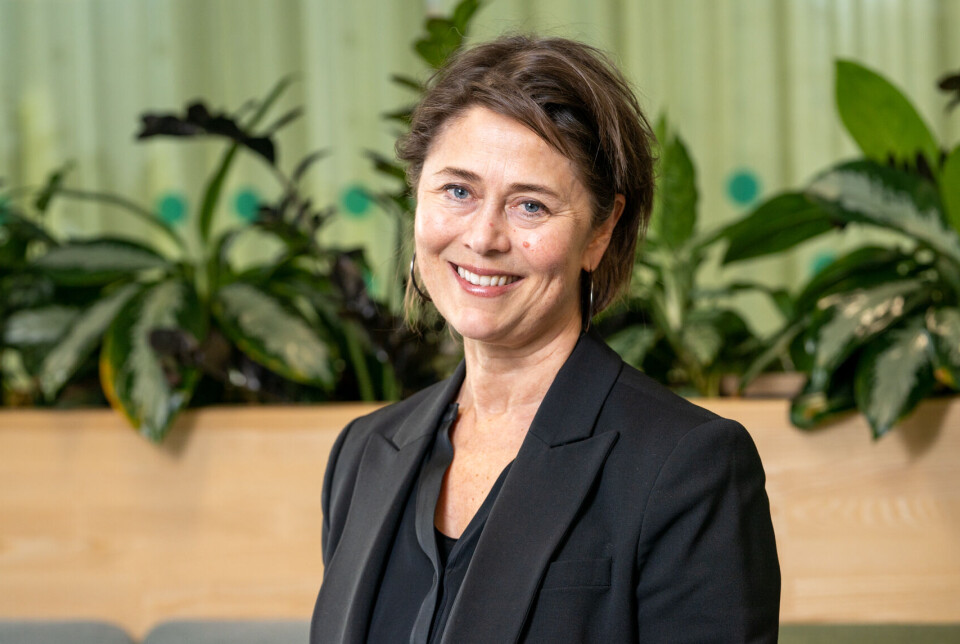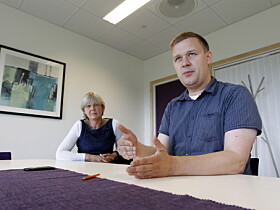
Can long Covid be treated in three days?
A new Norwegian study says so.
For most people, COVID-19 is a mild and transient illness. But for some individuals it becomes chronic, and many patients continue to struggle with long-term effects of the disease.
They experience lingering after-effects of COVID-19, known as long Covid or chronic Covid.
The most common symptoms of long Covid are fatigue, impaired memory, changes in the sense of taste and smell, sleep problems, brain fog, heart palpitations and laboured breathing.
Various treatment plans have been developed for people with long Covid, and research is being done on what is most effective.
The Scientific Reports journal recently published study results of a new treatment in the Hardanger region of western Norway that is drawing international attention.
The results, and the treatment, show promise.
Three days plus follow-up
The treatment in Øystese village in Hardanger takes place at a treatment centre and lasts for three days. After the three days, patients provide daily feedback for the first three weeks following their stay.
The patients also receive follow-up after three, six and twelve months.
Before starting treatment, the patients are tested to check that their physical health is good enough.
“The tests assure patients that there’s nothing physical stopping them from being active and pushing themselves a bit,” says Bente Frisk, the project manager and physiotherapist who discussed the treatment with NRK (in Norwegian) in 2021.
Three days of concentrated treatment
During the three days, patients learn about COVID-19 and how it affects the body.
“We combine teaching with a number of different types of physical training and introduce various attention exercises – all under professional guidance,” says Gerd Kvale.
“Instead of lying down to relax when you’re tired, it can be useful to look for alternative ways to deal with the symptoms,” she says.
Kvale is a professor of clinical psychology at the University of Bergen and a special adviser at Haukeland University Hospital, as well as one of the researchers behind the published study. She also works at the treatment centre in Øystese.
“What each individual ends up doing can be very different,” says Kvale. For some patients, reducing the level of activity can be just as important as increasing it.
Small choices in everyday life
The researchers call them micro-choices. They are the small and seemingly insignificant choices we make in everyday life that often happen automatically, and that we make to regulate anxiety and discomfort. Kvale and her colleagues try to make patients aware of exactly when these moments happen and the choices they are making.
“For some people, this means focusing on the choices they make early in the day, which can contribute to them being tired,” says Kvale.
Others might find it more relevant to look directly at the choices they make regarding rest.
“There are lots of ways to rest. Just doing something else – like increasing one’s activity level – can be a good rest for some people,” she says.
Change the way you deal with symptoms
“When you want to change routines and thought patterns, our experience is that it’s wise for patients to first start noticing where the problems have arisen in their daily life and then make choices that can work for them,” says Kvale.
“When individuals begin to notice how these micro-choices feed into everyday life, we encourage them to start from these small, seemingly trivial situations and systematically make other choices that all have the common characteristic that they increase flexibility and functional level,” she says.
What each individual chooses to do depends on which ailments are dominant and how patients have dealt with them in the past.
“Part of the key lies in the systematics across situations,” says Kvale.

Try to find balance
According to Kvale, most patients have a strong desire to return to a normal everyday life, and they have already made numerous attempts.
What they have found difficult is finding the balance between expanding their level of functioning and at the same time being careful not to exacerbate or prolong the problems.
“’What can I allow myself to do?’ is a central question for most people,” says Kvale.
“We’ve learned that when you’re trying to manage the symptoms in a new way, it’s valuable to work closely with professionals. Having long days with frequent feedback seems to be worth its weight in gold.”
The patients therefore have access to a multidisciplinary team consisting of physiotherapists, doctors, psychologists, nutritionists and pharmacists during their stay.
Did research on own treatment programme
The new study by Kvale and her colleagues at the Helse i Hardanger rehabilitation centre was recently published in the Scientific Reports journal.
The colleagues carried out research on their own treatment method and included 78 participants in the study.
The researchers measured participants’ degree of fatigue, self-reported functional level, training capacity and shortness of breath at the start, after seven days and after three months.
They also looked at how long the patients had been on sick leave.
Increased function and reduced fatigue
Almost all patients experienced fatigue when the treatment regimen started.
More than half (61 per cent) had what the researchers call severe fatigue. One week after the first day of treatment, the figure had dropped to 26 per cent. When the patients were followed up three months later, 18 per cent still had severe fatigue.
The percentage of participants who were on sick leave was reduced from 62 per cent to 43 per cent after three months.
The researchers assumed that participant function was 100 per cent before they fell ill with COVID-19. Participants reported an average functional level of 53 per cent before treatment began, which increased to 63 per cent and 69 per cent at the 7-day and 3-month follow-ups.
Both exercise capacity and shortness of breath also improved, with the greatest improvement after three months.
The results show that those who were hardest hit had the greatest positive effect.
No control group
The study has some limitations, including relatively few participants and a relatively short duration.
The study also had no control group to compare the group that received treatment with a group that did not receive it. Thus, it was not possible to rule out that the effects were due to other things.
Nor could the researchers rule out that the patients might have recovered on their own without treatment within the seven day or three month follow-up periods.
The researchers nevertheless believe that the study’s selection criteria would indicate that the progress was likely due to the actual treatment, such as the long waiting time before patients received treatment.
This made it possible to exclude patients who spontaneously improved. Thus, individuals with persistent symptoms who did not improve were the ones actually included in the study.
The researchers write that the results from the study give reason to proceed with larger, properly controlled studies with a control group. Only then can they say for sure whether the treatment is effective.

Positive results
Helen Brandstorp, Norway’s acting director of health, is positive to the study by Kvale and colleagues.
“All studies on the treatment of lingering and ongoing health problems after COVID-19 will help to form the basis for which treatment will be offered in the future. These are good results which we hope will contribute to improving the treatment options that patients with late effects receive today,” she says.
Brandstorp says the municipal health services in Norway and the specialist health service offer many different options for people who experience after-effects from COVID-19.
“The ailments that individuals experience after COVID-19 can vary a lot, so we recommend that people who experience such symptoms contact their GP to assess what would be appropriate follow-up,” she says.
Treatment also used for COPD and anxiety
Kvale has worked on concentrated treatments for numerous chronic disorders since 2006.
“Although the specific health problems are very different, we always start with micro-choice thinking. We help people break patterns of regulating symptoms in ways that contribute to fixing a problem," she says.
Since 2019, Kvale has worked on chronic back pain, type 2 diabetes, COPD, depression and anxiety, in addition to long Covid.
“The results we can show give good reason for hope: it is possible to increase the functional level in a short time with a view to returning to a normal everyday life,” Kvale says.
A study in which the participants have been followed up for a year will soon become available. In addition, the researchers will be starting similar treatment for patients who have various late effects after cancer treatment.
“The approach has attracted considerable international interest, and many professionals are asking for training in the method, in addition to all the patients who make direct contact and want help,” says Kvale.
Reference:
Bente Frisk, Gerd Kvale et.al.: A safe and effective micro-choice based rehabilitation for patients with long COVID: results from a quasi-experimental study. Scientific Reports, 2023.
———
Read the Norwegian version of this article at forskning.no






































